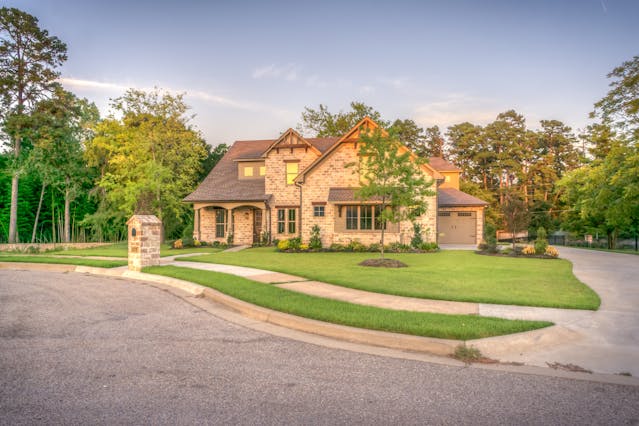Art and design have always given color to the life of everyone. From the feeling and the aesthetics to the meaning behind the symbols, art has always been an integral part of society. And throughout history, we’ve seen significant changes in trends and preferences, each indicative of their respective era’s values and virtues. Comparing today’s art from ten years ago will reflect a difference in philosophies, and comparing design ideas thirty years apart might even make them look antagonistic to each other.
However, it should be noted that the art of the past directly influences the art of the future. Many of these art styles coexisted at some point, even taking blatant inspiration from each other. Each decade can be discussed on its own, but we’re going to take a look at how it has evolved through the years.
1920s to 1930s: Art Nouveau and Deco
The era of Art Nouveau and Art Deco is one of the most culturally influential eras for visual arts. Many of the design philosophies and trends they espoused are still being applied today, not just for a nostalgic kick. Art Nouveau, highly characterized by the use of lines and curves overlaid on natural shapes and forms, remains a prominent art style, especially in the realm of the elite. Art Deco is just as significant today as it was then. Its geometric design and rich colors evoke a sense of general nostalgia and strong values. Everyone knows the big, bold graphic posters that came from this era, and it’s still used now and again to elicit feelings of grandeur.
The 1940s to 1950s: Mid-century Art
Despite (or perhaps due to) the effects of a global war, mid-century art came out with its vibrant colors and clever designs to herald positivity. Vibrant colors, opposite the muted and pastel colors of the past years, reign dominant in this design style. Clever and witty graphic posters, primarily used for advertisement, litter magazines, newspapers, and billboards. Interestingly, many people today collect mid-century art as it has a certain sense of optimism and “looking towards the future,” as it also marked the start of the widespread use of technological advances. Images depicting a technologically dominant future were rife, and the latest scientific breakthroughs were often incorporated into their designs.

The 1960s to 1980s: Psychedelia and Funk
Taking cues from the vibrant color palette of the past era, the 60s up until the 80s sported a very vigorous color scheme. Watercolor designs and rainbow themes are standard features of this time. Experimental and non-traditional designs began to take prominence, and rock ‘n roll was injected into many designs. Rebellion and free-spiritedness are virtues encapsulated into this design philosophy, and wearing something reminiscent of this era often calls to mind the eccentricities that also made their mark during this period. Rock ‘n roll eventually carried over to disco, taking the bright colors and making them even brighter through lights and neon colors. It should be noted, however, that this era also marked the development of highly stylistic subcultures. These subcultures housed design ideas associated with a musical style: heavy metal and its extreme visuals also originated at this point. At the same time, disco and pop flourished, with their more mass appeal design. All in all, this period marked a gradual shift from generalized design philosophy to a more tribal and subculture-based idea.
The 1990s to 2000s: Global Contemporary Art
The 90s marked the arrival of digital technology. While still not wholly digital, especially compared to the world today, its design philosophies begin to show where the current era’s values are. Shorter text, vibrant colors, contrasted with a highly attention-grabbing graphic are part and parcel of this era. In comparison to today, however, most designs during this period were maximalist. Noisy and loud designs were common, punk and rock themes were widespread. There’s also a general trend of being “edgy” or rebellious, perhaps following the footsteps of the 60s to 80s period. As the 90s moved to the 2000s, the design language eventually muted itself, both in noise and color choice, which leads us to design trends today.
Art Today
Open any website, and you’ll find a quick summation of the current art philosophy: minimalist and barebones. Unlike the highly stylized trends from the past, modern design tends to be minimal and geometric, only showing what’s necessary. Modern art is also highly reflective of the most dominant piece of media: the internet. Digital graphic design is, bar none, the most prominent form of media and as things are today, it will continue to be so for years to come.




